Annex XVI of the MDR EU 2017/745 lists products (6 categories) without an intended medical purpose that now fall under the MDR.
Manufacturers of these products sold in Europe and Northern Ireland will have to comply with the relevant requirements laid out in the MDR for general medical devices to ensure user safety, including compliance with Common Specifications (CS).
This regulation enters into force 20 days after its publication in the Official Journal of the European Union and shall apply from 22 June 2023.
Want to be well prepared for this new legislation? In this blog post, you will learn more about:
-
the contents of Annex XVI
-
the novelties EU MDR Annex XVI brings
-
requirements for manufacturers and how to comply
Curious? Be sure to read on!
What types of products are listen in MDR Annex XVI?
As mentioned, Annex XVI of the MDR EU 2017/745 mentions a list of products without an intended medical purpose (that fall under the MDR).
This is a new category of products, and the MDR introduces requirements for their manufacture and surveillance because they are similar to medical devices in terms of function and risk profile.
The products listed in this annex are divided into 6 categories:
1. Contact lenses or other items intended to be introduced into or onto the eye
Example: Non-prescription colored contact lenses
2. Products intended to be totally or partially introduced into the human body through surgically invasive means for the purpose of modifying the anatomy or fixation of body parts with the exception of tattooing products and piercings.
Example: Solid body contour modifying implant (e.g. horn implants)
3. Substances, combinations of substances, or items intended to be used for facial or other dermal or mucous membrane filling by subcutaneous, submucous or intradermal injection or other introduction, excluding those for tattooing.
Example : Dermal fillers
4. Equipment intended to be used to reduce, remove or destroy adipose tissue, such as equipment for liposuction, lipolysis or Lipoplasty.
Example: Body sculpting equipment
5. High-intensity electromagnetic radiation (e.g. infra-red, visible light and ultra-violet) emitting equipment intended for use on the human body, including coherent and non-coherent sources, monochromatic and broad spectrum, such as lasers and intense pulsed light equipment, for skin resurfacing, tattoo or hair removal or other skin treatment.
Example: Intense pulsed light (IPL) machines for body hair removal
6. Equipment intended for brain stimulation that apply electrical currents or magnetic or electromagnetic fields that penetrate the cranium to modify neuronal activity in the brain.
Example: Transcranial (non-surgically invasive) stimulation
What’s new for EU MDR Annex XVI?
The European Commission adopted the implementing legislation that reclassifies devices listed in Annex XVI and the Common Specifications (CS) – a set of technical and/or clinical requirements, other than a standard – that provide a means of complying with the legal obligations applicable to a device, process, or system.
Regulation (EU) 2022/2346
Regulation (EU) 2022/2346 of 1 December 2022 lays down Common Specifications (CS) for the group of products without an intended medical purpose listed in Annex XVI to Regulation (EU) 2017/745 of the European Parliament and of the Council on medical devices.
Regulation (EU) 2022/2347
Regulation (EU) 2022/2347 of 1 December 2022 lays down rules for the application of regulation (EU) 2017/745 of the European Parliament and of the Council as regards reclassification of groups of certain active products without an intended medical purpose.
What are the consequences for the manufacturers of these products?
Manufacturers of Annex XVI products sold in Europe and Northern Ireland will have to comply with the relevant requirements laid out in the MDR for general medical devices to ensure user safety. This includes compliance with CS.
Additional requirements for products other than medical devices
To ensure medical devices meet regulatory requirements in the EU, there are specific guidelines that manufacturers must adhere to. These guidelines include:
- Common Specifications: These lay down requirements for risk management, labeling, and instructions for use, as well as clinical evaluation.
- Risk Reclassification: Certain active products without medical purposes, such as IPL, liposuction, and brain stimulation products, can be reclassified without following Annex VIII of the MDR.
- Technical Documentation: Manufacturers must provide evidence of meeting relevant GSPRs and common specifications, including the application of a quality and risk management system, clinical evaluation, and post-market surveillance.
- Conformity Assessment: Manufacturers must choose the appropriate conformity assessment route and involve a Notified Body where necessary.
- Transitional Arrangements: These apply six months after the implementing acts’ entry into force, with specific provisions outlined in Article 2 of Implementing Regulation (EU) 2022/2346.
- Determine the risk class of the device based on classification criteria in Annex VIII and reclassification rules in the implementing regulation (EU) 2022/2347 for certain active products without a medical purpose.
- Comply with all applicable general safety and performance requirements (GSPRs) in Annex I, including establishing quality and risk management systems.
- Complete the required conformity assessment process, if necessary, by a notified body.
- Create a declaration of conformity and affix the CE mark to the device.
- Assign a basic Unique Device Identifier (UDI) and register it in the UDI database.
- Enter relevant information about the manufacturer, authorised representative, and importer (if the manufacturer is outside the EU) into the electronic system (Eudamed).
- Follow post-market surveillance and vigilance requirements, including reporting serious incidents and field safety corrective actions to the relevant authority within new timeframes.
- Ensure that distributors and importers comply with their obligations under Art. 13 and 14.
The above mentioned Common Specifications also introduce transitional provisions to allow devices to remain on the market waiting for MDR compliance.
These give manufacturers time to carry out the requirements of clinical trials and/or conformity assessment procedures.
They also contain provisions for the continued sale or use of such products after the expiration of the Notified Body Certificate under the repealed Medical Device Directive (MDD).
Need help?
Partner with the QbD Group to navigate the complex regulatory compliance process. With our expertise, we can help you
- perform an initial assessment of the upcoming changes
- implement different regulatory and test strategies
- understand the MDR’s general safety and performance requirements and provide the necessary guidance regarding pre-clinical data, clinical data, and post-market requirements
- compile a Technical Documentation
- achieve ISO 13485 QMS certification







.png?width=109&height=108&name=Pharma%20(2).png)
.png?width=111&height=108&name=Medical%20Devices%20(2).png)
.png?width=84&height=107&name=IVD%20(2).png)



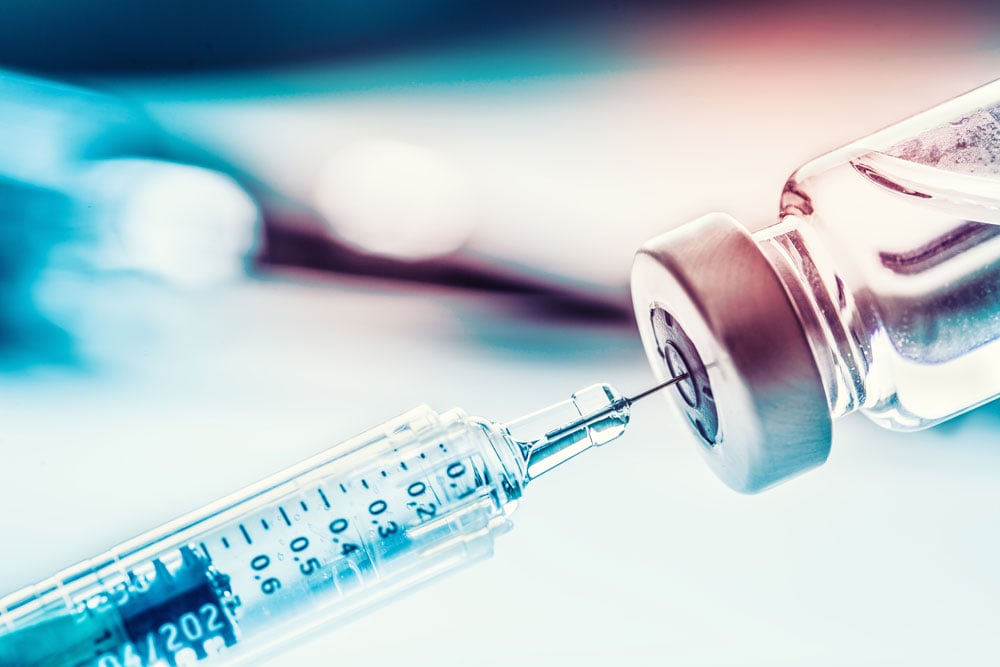
%20Checklist.jpg)
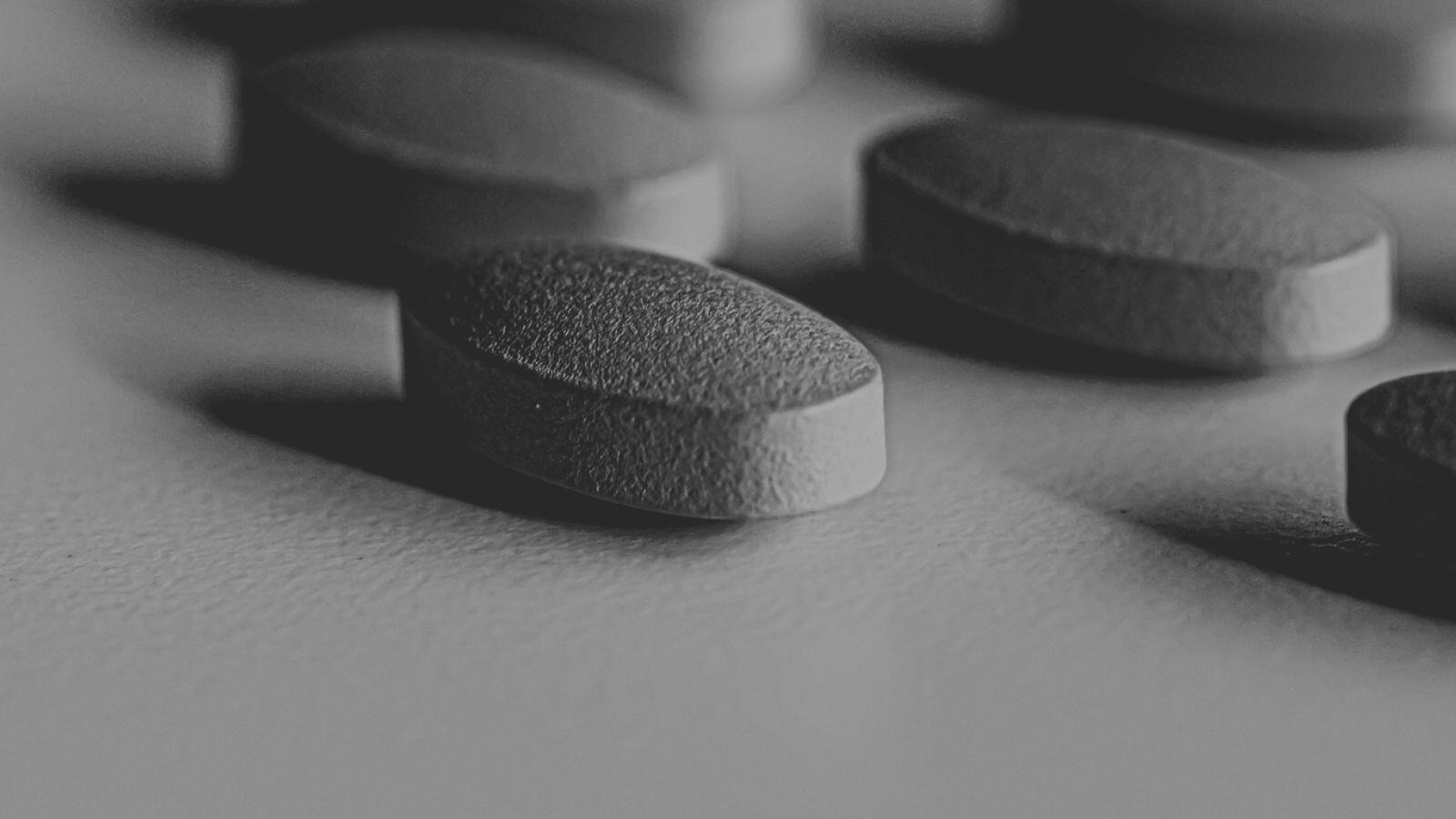
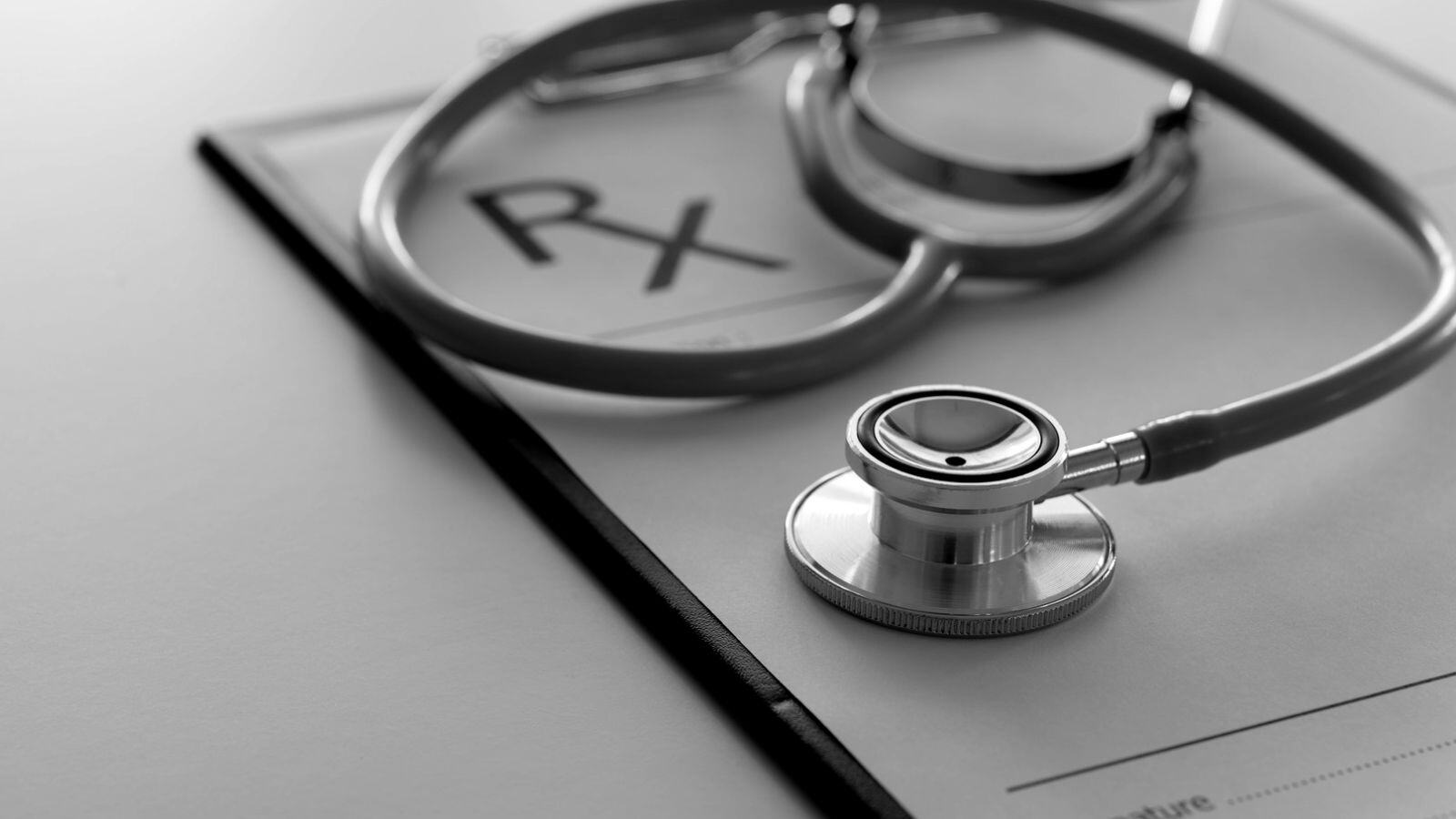
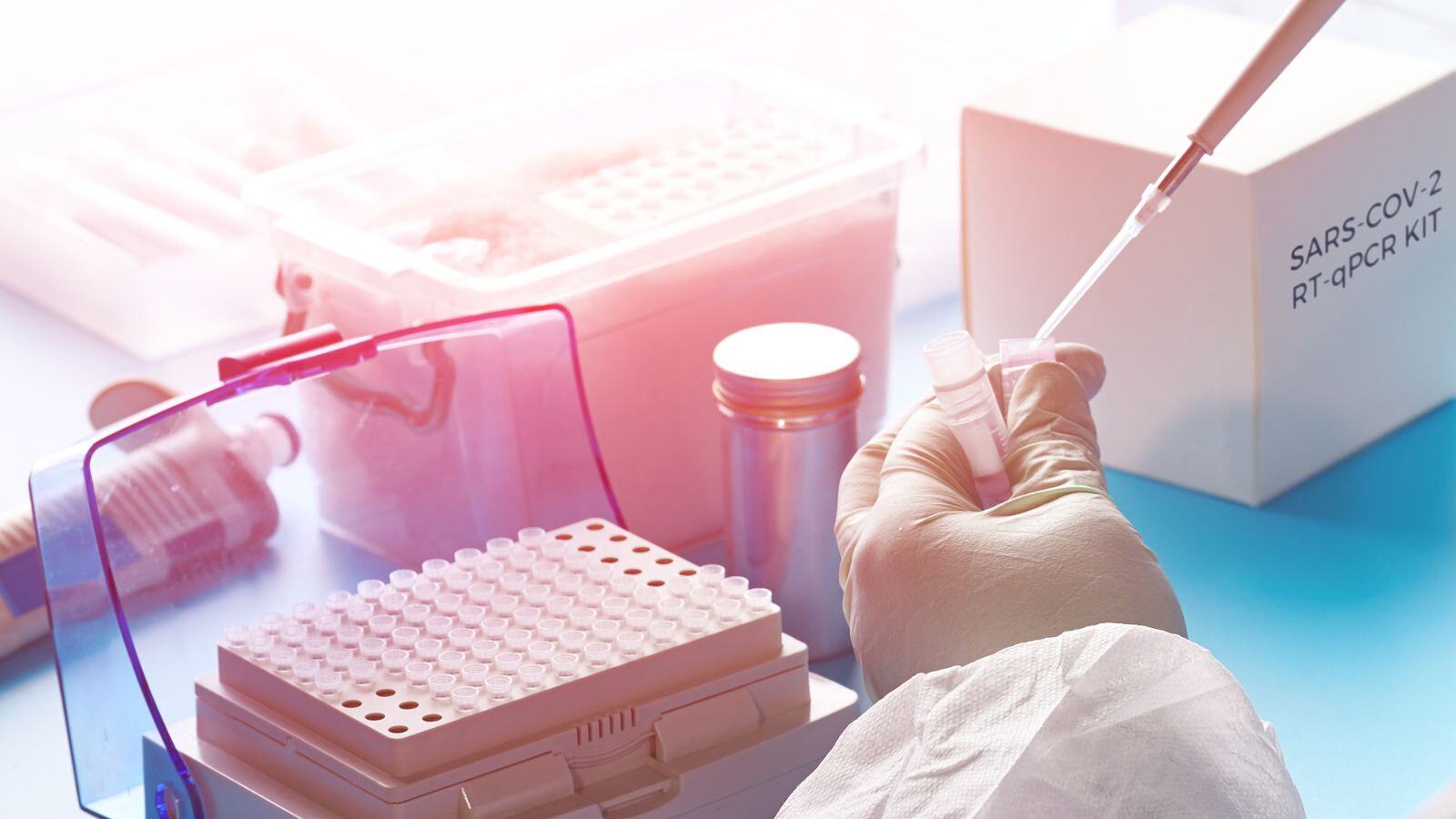
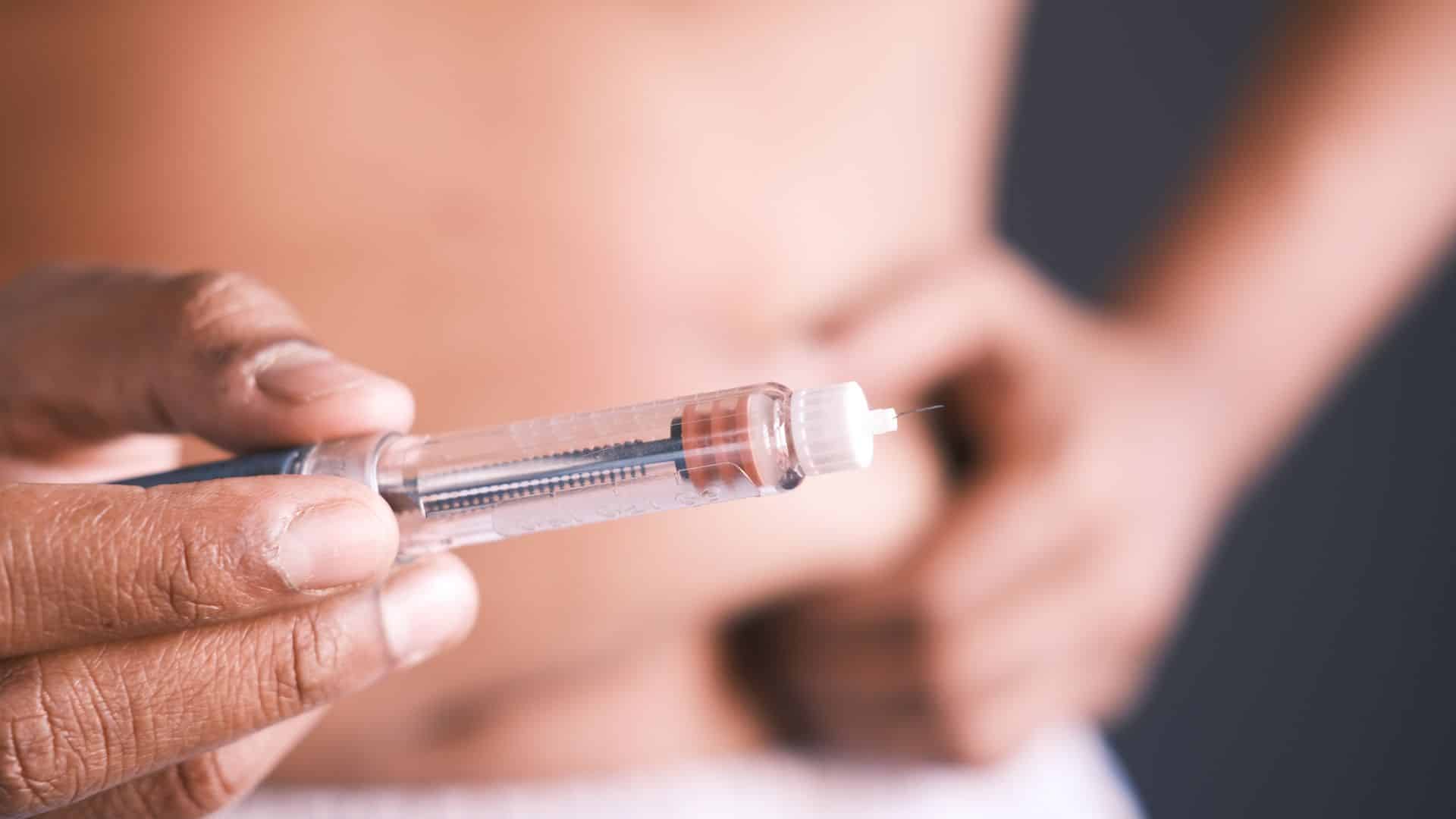
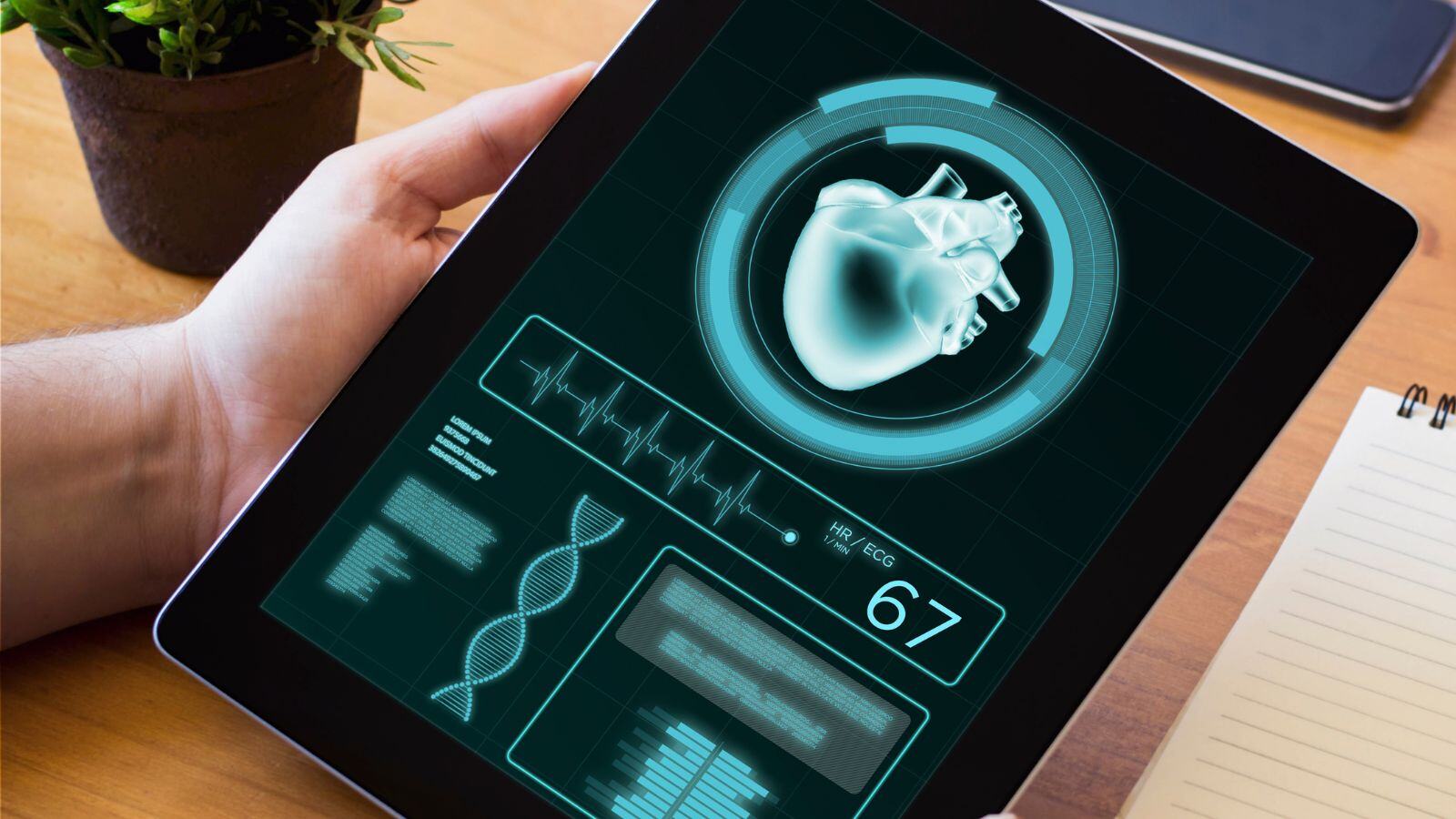

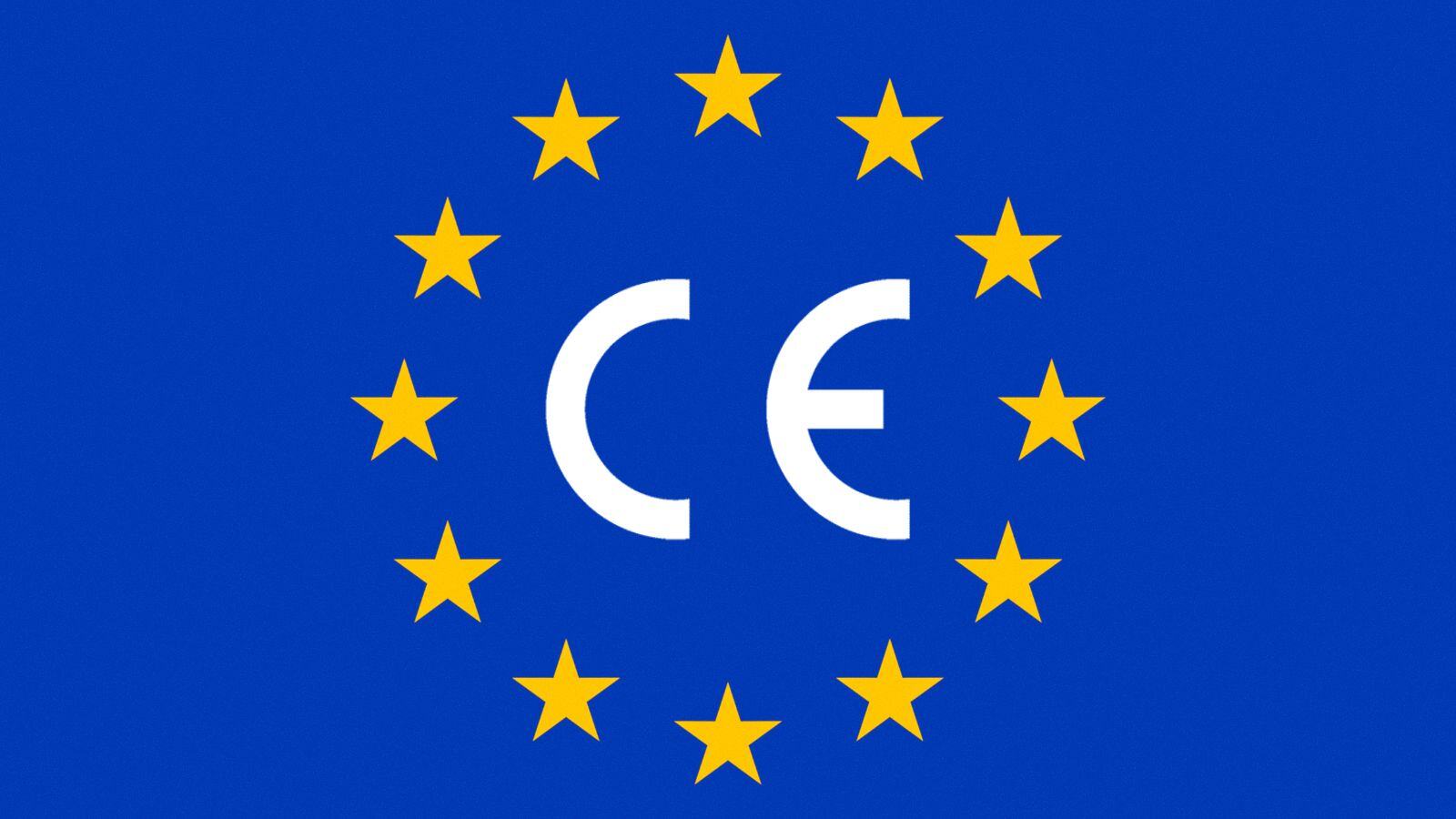

.jpg)

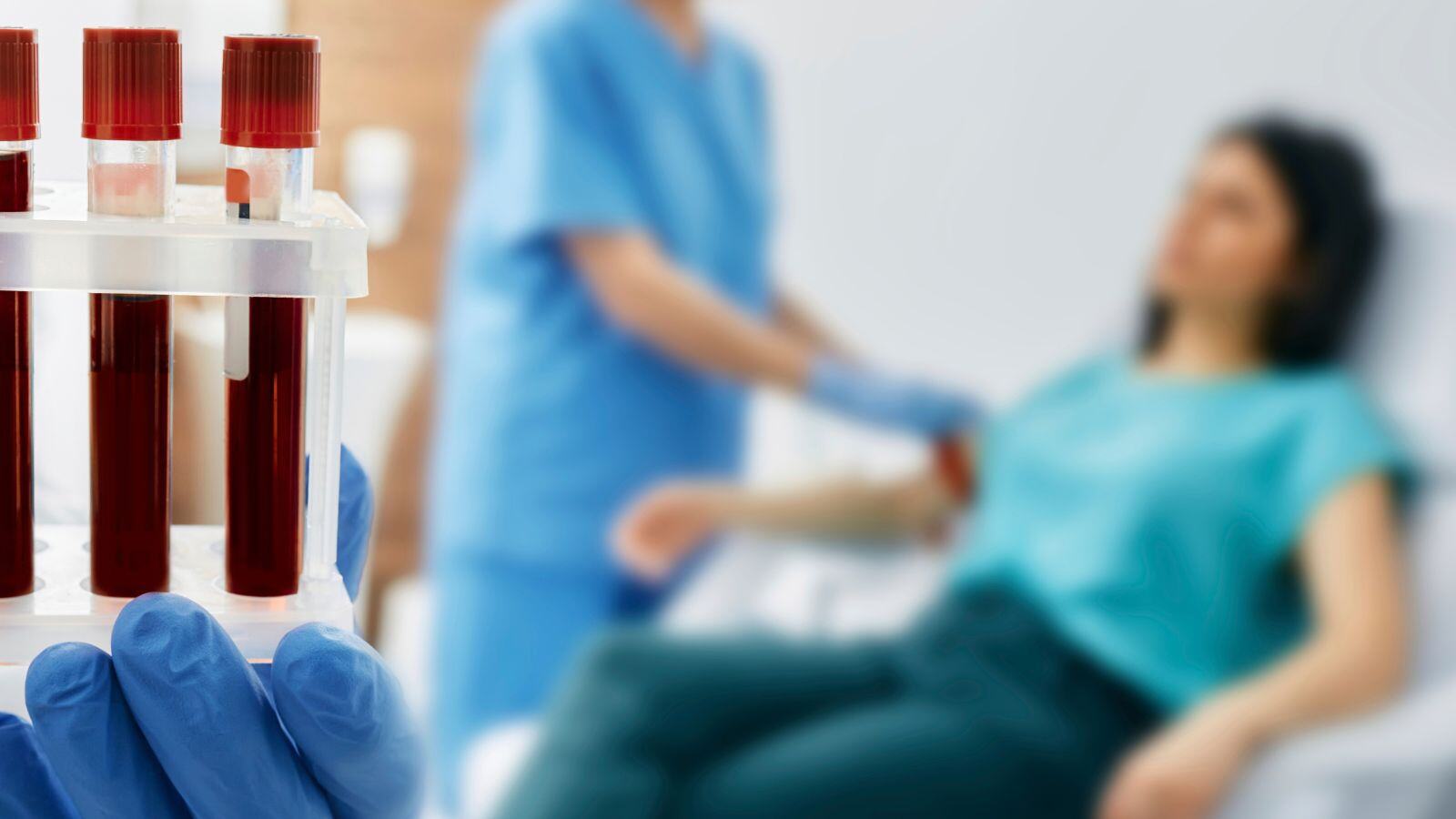


.jpg)
.jpg)

.jpg)

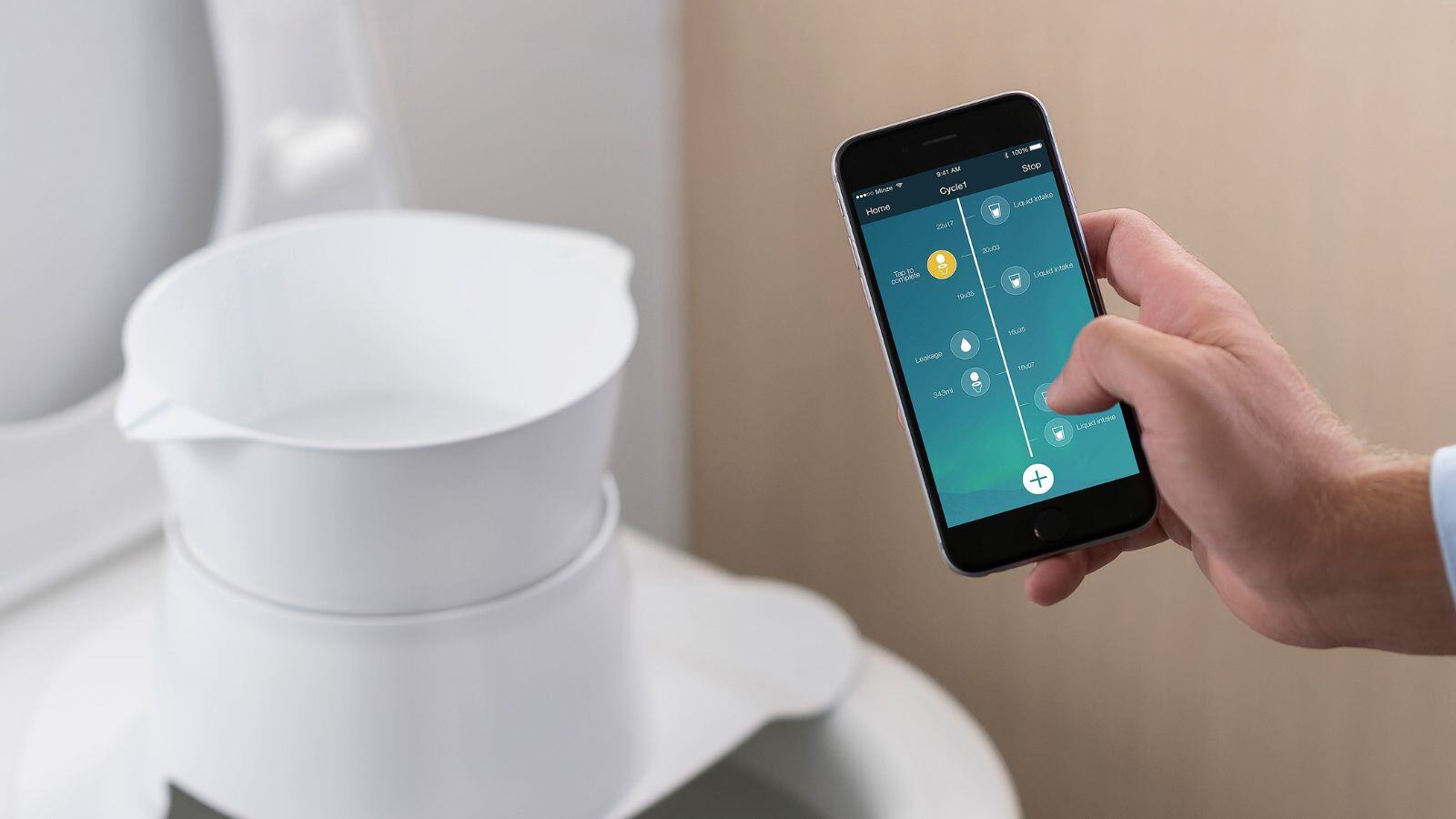
.jpg)
.jpg)
.png)